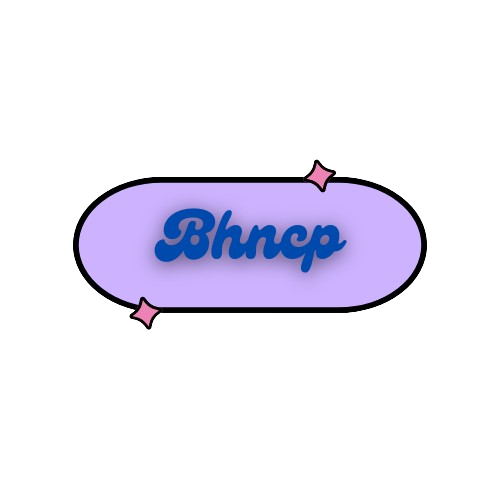Hair styles are undeniably in excess of an ordinary prepping task; they are a major component of individual style and personality. A professional hair style might improve your appearance at any point as well as convey a ton about what your identity is. From forming patterns to Best fade barbers communicating singularity, hair styles assume a vital part by they way we introduce ourselves to Best fade barbers the world. This article investigates the meaning of hair styles, their development, famous styles, trimming procedures, and ways to pick the ideal trim for you.
The Meaning of Hair styles
Hair styles are a strong type of self-articulation. They can represent different things: from individual changes and fresh starts to arrangement with social patterns or essentially a craving for change. Past feel, hair styles can impact confidence and discernment, making them a fundamental part of individual prepping.
The Advancement of Hair styles
1. Authentic Outline
Antiquated Civilizations: Hair styles have been essential for human culture since old times. In Old Egypt, Greece, and Rome, haircuts frequently had social or social importance. For example, in Antiquated Egypt, elaborate hairpieces and shaved heads were normal, reflecting economic wellbeing and strict convictions.
Archaic Period: During the Medieval times, hairdos were reasonable and straightforward, zeroing in on tidiness and usefulness. The Renaissance time frame, notwithstanding, restored elaborate styles with perplexing meshes and twists, frequently used to show abundance and cultural status.
twentieth Century Developments: The twentieth century saw massive changes in hairstyling, with the presentation of notorious trims like the weave during the 1920s, the smooth styles of the 1950s, and the restless, defiant looks of the 1970s. Every ten years brought own arrangement of patterns reflected more extensive social movements.
Well known Hair style Styles
1. Exemplary Cuts
The Weave: An immortal hair style that can be customized long and style, the sway is known for its spotless lines and flexibility. It very well may be worn straight, wavy, or wavy and suits different face shapes and hair types.
The Group Trim: A staple for short hair, the team trim highlights short sides and back with a somewhat longer top. It’s a well known decision for its slick, proficient look and low upkeep.
The Pixie Trim: This short, snappy hair style features facial elements and offers a stylish, low-upkeep choice. The pixie cut is great for those looking for an intense yet rich look.
2. Present day Styles
The Blur: This style includes a slow progress from short to longer lengths, making a consistent mix. Varieties incorporate low, mid, and high blurs, each offering an alternate degree of difference and refinement.
The Undercut: Described by shaved or firmly trimmed sides with longer hair on top, the undercut makes a striking difference. A flexible style can be joined with different top styles, from slicked-back to finished.
The Shag: Including layered, disheveled hair, the shag adds volume and surface. It’s ideal for a casual, easy look and functions admirably with different hair lengths and types.
3. Inventive Cuts
Finished Trims: These include strategies like layering and texturizing to add aspect and development to the hair. Finished cuts can upgrade normal waves or twists and make a more powerful appearance.
Designed Trims: For a strong assertion, designed trims include shaving many-sided plans or examples into the hair. These styles require accuracy and inventiveness, offering a remarkable way to grandstand distinction.
Procedures for an Extraordinary Hair style
1. Counsel
Seeing Requirements: A fruitful hair style begins with an itemized discussion. Talk about the client’s inclinations, face shape, and hair type to guarantee the picked style lines up with their vision and improves their elements.
Proposals: In light of the discussion, recommend styles that supplement the client’s attributes. Offering choices and making sense of how each style will look helps in settling on an educated choice.
2. Cutting Methods
Scissor Trimming: This conventional technique includes utilizing shears to manage and shape the hair with accuracy. It’s great for making clean lines and point by point styles.
Trimmer Cutting: Trimmers are utilized for more limited cuts and blurs. They accompany different gatekeepers to change the length, making them adaptable devices for accomplishing various looks.
Texturizing: Strategies, for example, point trimming, cutting, and razoring add surface and development to the hair. These techniques help in making a layered, powerful look and upgrade regular hair characteristics.
3. Last little details
Styling: After the hair style, styling is fundamental to accomplish the ideal look. Items like greases, gels, or showers can be utilized to shape and hold the hair, adding the last contacts to the style.
Specifying: Last contacts incorporate tidying up the hairline and neck area to guarantee a cleaned finish. Regard for these subtleties can have a huge effect in the general look of the hair style.
Picking the Right Hair style
1. Face Shape Contemplations
Round Face: Hair styles that add level and volume, like the pompadour or layered styles, can assist with prolonging the face. Stay away from styles that add width to the sides.
Oval Face: Most hair styles function admirably with an oval face shape. Exploring different avenues regarding various lengths and styles can help in tracking down a look that supplements individual elements.
Square Face: Delicate, layered cuts or styles with volume on top can adjust major areas of strength for the of a square face. Keep away from excessively gruff or precise styles.
